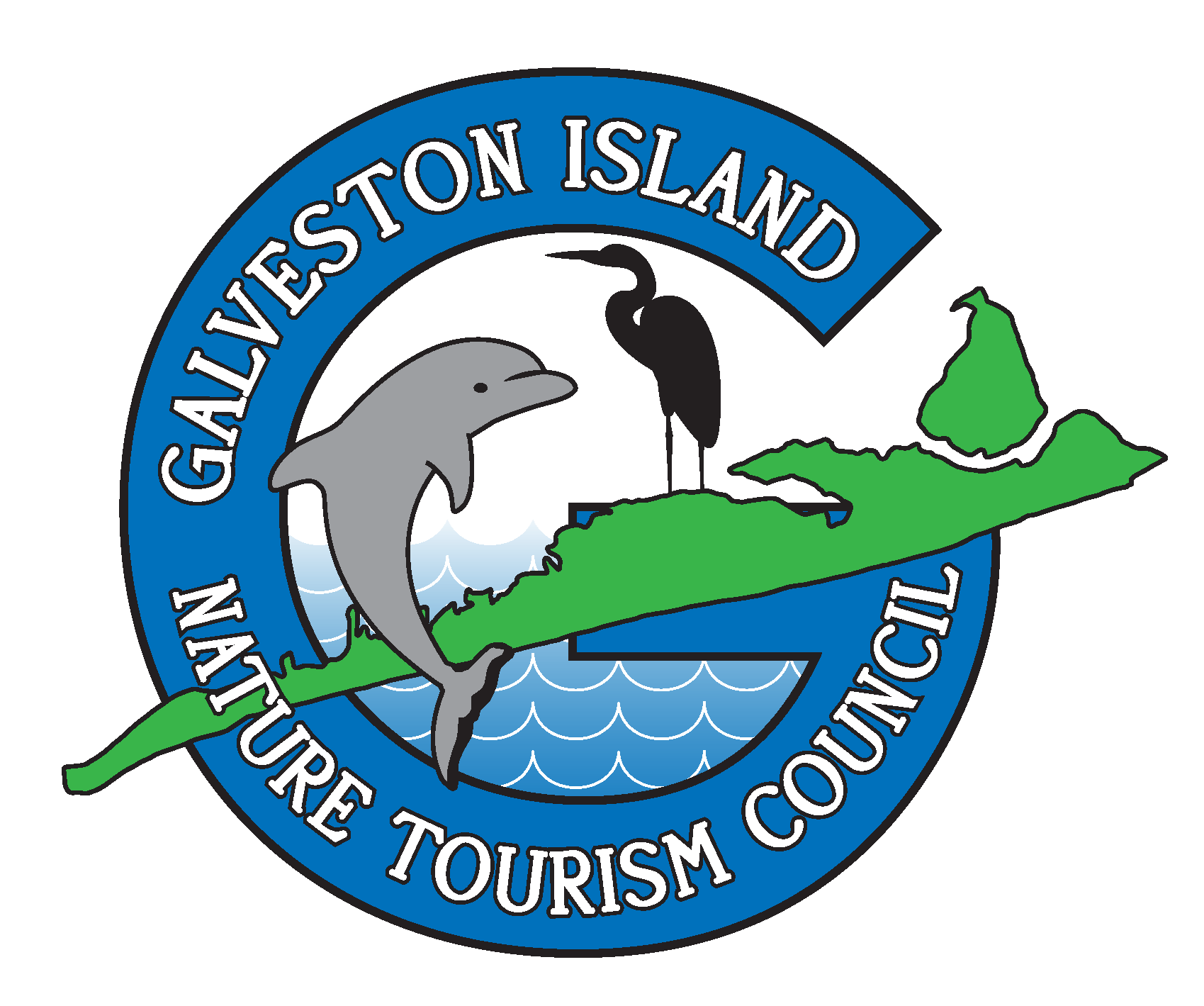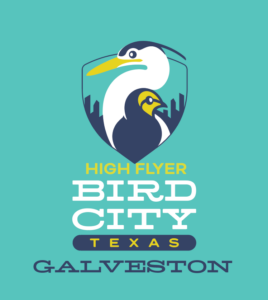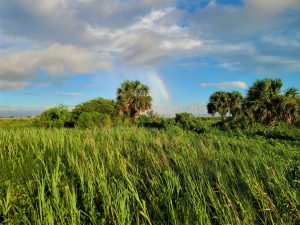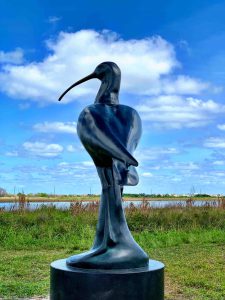

 Galveston Island the First High Flyer Bird City
Galveston Island the First High Flyer Bird CityAudubon Texas and Texas Parks and Wildlife have announced that Galveston has been recognized as the first city in Texas to achieve the prestigious Bird City High-Flyer status. This designation celebrates Galveston’s extraordinary commitment to bird conservation, community engagement, and sustainable practices that protect avian habitats and promote coexistence between people and wildlife.
The Bird City High-Flyer status is part of a statewide program designed to encourage and recognize communities for their dedication to creating environments where birds prosper and people thrive. Galveston earned this recognition, exceeding the 27 action requirement by demonstrating excellence in 37 actions within habitat restoration, public education initiatives, and policies aimed at reducing threats to bird populations.
“Galveston is setting the gold standard for bird-friendly communities in Texas,” said Chloe Crumley, Engagement Manager, Audubon Texas. “From its vibrant coastal habitats to its community-driven conservation efforts, Galveston exemplifies what it means to be a Bird City High-Flyer. This recognition highlights the power of collaboration between local government, community members, and conservation organizations.”
Bird City Texas is an initiative of Audubon Texas and Texas Parks and Wildlife Department. The community-focused certification program was created to help protect birds and their habitats where people live, work, and recreate.
Bird City Texas research shows that bird-friendly environments increase property values, help control insects and generate tourism dollars. Click here for information on bird-friendly practices.
“Our Galveston Bird City Texas team is so proud of the work our community is doing to make Galveston more bird-friendly. From one end of the island to the other, organizations, individuals and businesses are contributing to this ongoing effort. We look forward to continuing this collaborative work and are grateful for the Bird City Texas program as it provides the framework to make good things happen for birds!” -Katelin Stroman at Galveston Island Nature Tourism Council and Sarah Belles at American Bird Conservancy, Galveston Bird City Texas Managers

Join GINTC staff and volunteers as we explore the natural wonders of the East End Lagoon. The East End Lagoon Nature Preserve sits along Boddecker Road and encompasses 675 acres of coastal prairie and wetland with a beautiful half-mile nature trail. These outings are FREE but registration is required. Sign-up today to secure a spot for your entire family!
A six-foot permanent sculpture of the elegant Eskimo Curlew, commissioned by Galveston Island Nature Tourism Council and part of The Lost Bird Project by Todd McGrain, was installed in Galveston Island State Park in March of 2020. The bronze Eskimo Curlew is the sixth sculpture of The Lost Bird Project.
Learn more about Galveston’s
Eskimo Curlew Sculpture

Enroll now in our Certified Nature Guide or Nature Ambassador course! These programs will provide a cadre of knowledgeable guides and ambassadors to help visitors and residents experience Galveston’s natural side.
Thanks to the Galveston Island Park Board for their tremendous support. We also appreciate the Galveston Bay Area Chapter of the Texas Master Naturalists for providing the content for the coursework. Plus, kudos to Suzanne Becker, Bobette Brasfield, Cindy Liening, Maureen Nolan-Wilde, Diane Olsen, and Chris Roper for their enthusiasm and commitment to making these certifications a reality!